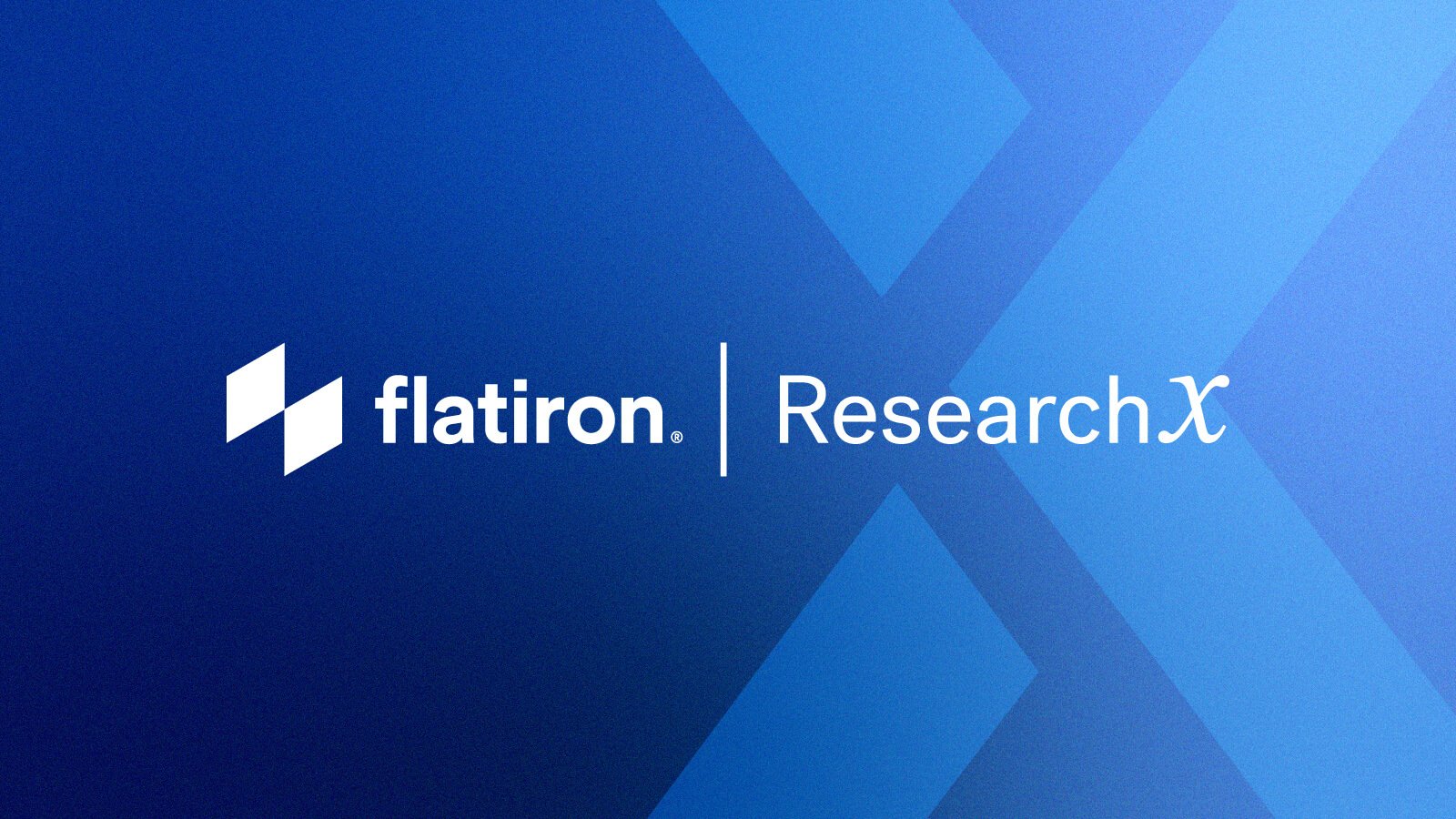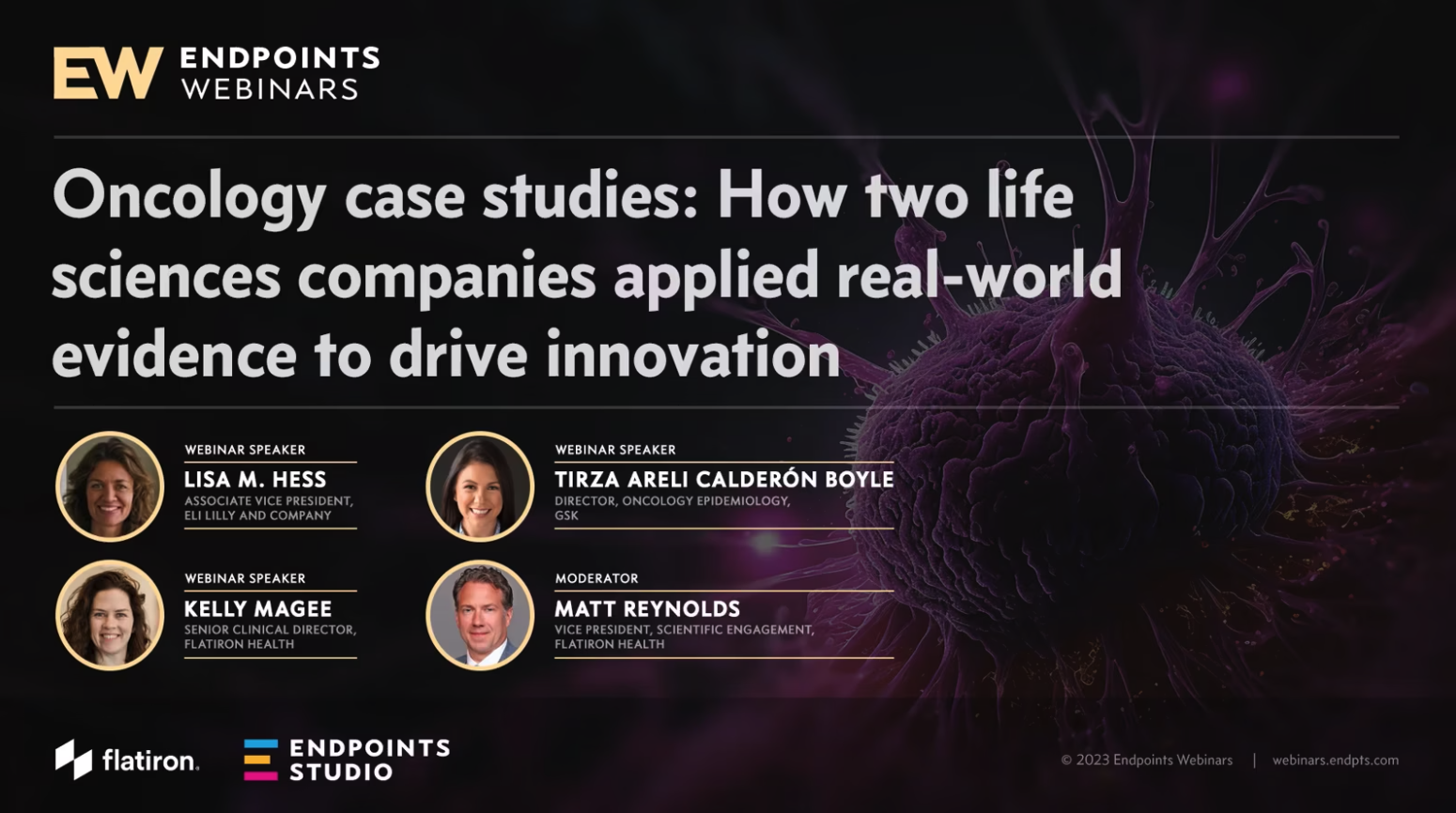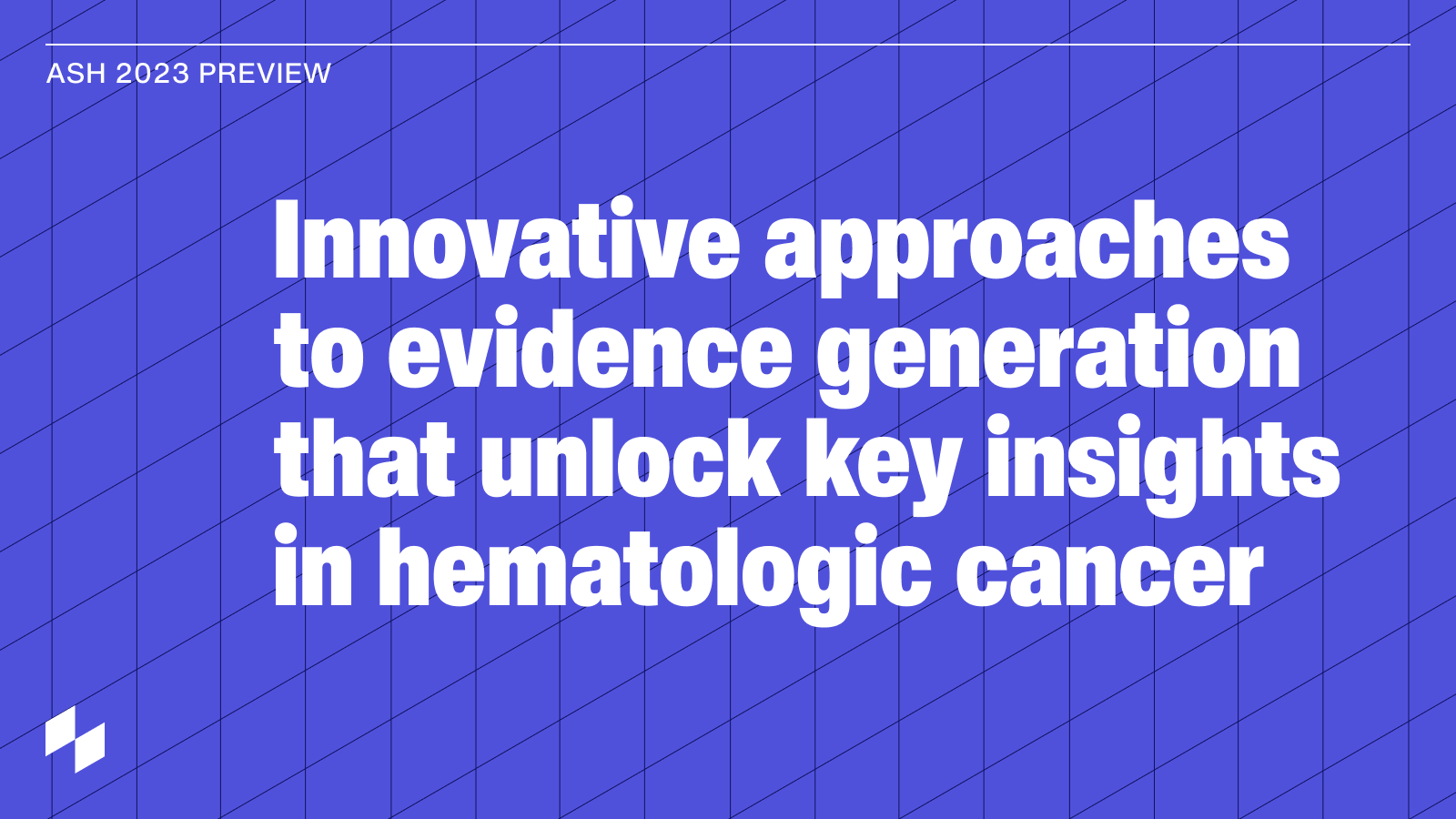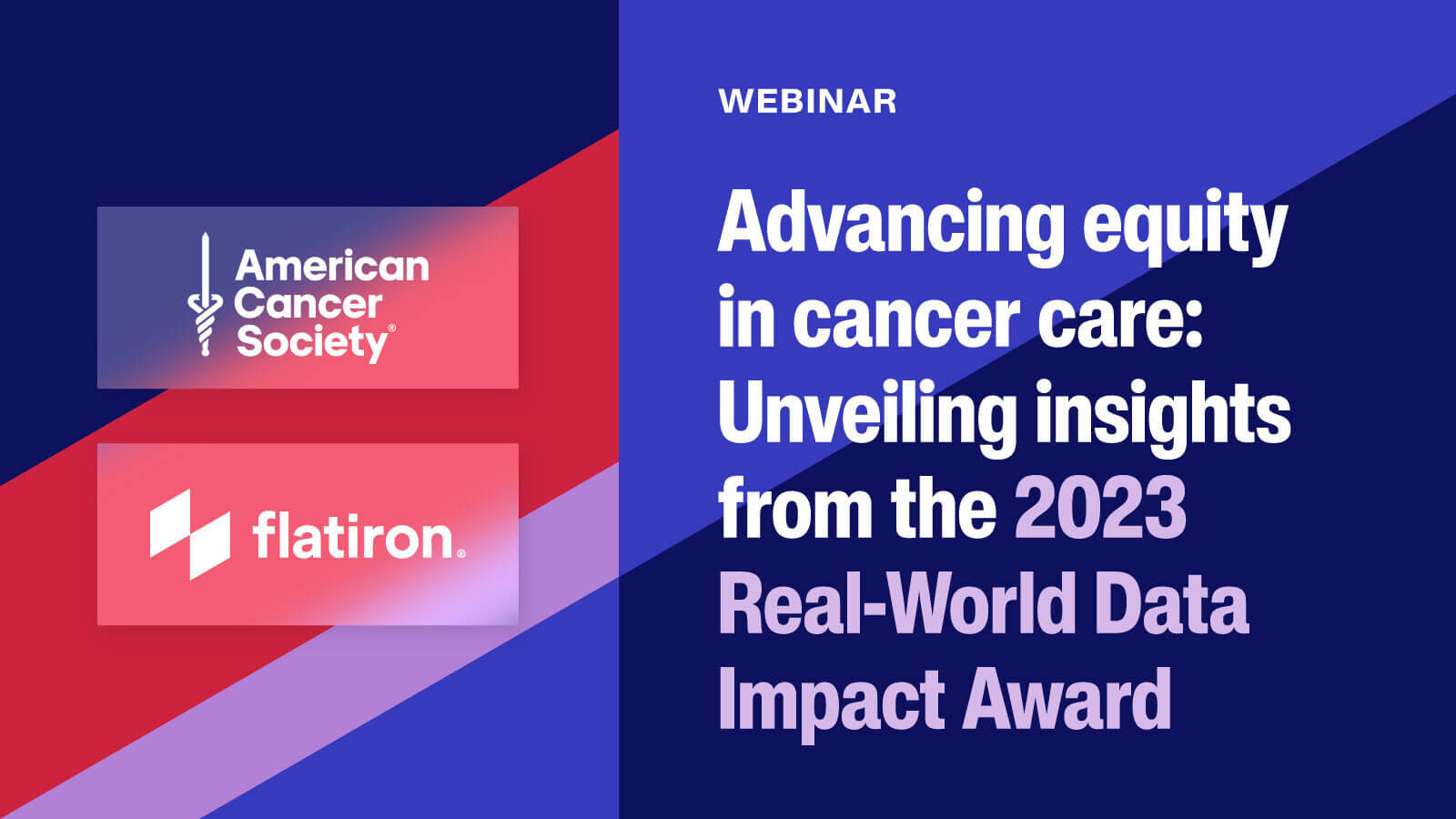In this episode, hear from Hil Hsu, PhD, MPH from Amgen on how they used the Flatiron-FMI CGDB in a natural history study to support a regulatory filing in NSCLC.

Transcript
Hil Hsu: Good morning, afternoon and evening, everyone. Thank you to Flatiron and the organizers for this opportunity to present today on behalf of our Amgen team. I will be sharing our use case of a natural history study, which utilized the Flatiron Health and Foundation Medicine non-small cell lung cancer Clinical Genomic Database, or CGBD, in support of our regulatory filing for Lumakras.
First off, I'd like to provide some background on Lumakras and the oncogenic driver mutation it targets, KRAS G12C. KRAS G12C is found in 13% of patients with non-squamous non-small cell lung cancer. Lumakras, an Amgen drug, is a highly selective oral inhibitor designed to inactivate the KRAS G12C mutant protein without affecting wild-type KRAS. In May of last year, Lumakras was approved by the US FDA, which was less than three years after the first patient was dosed. It has subsequently been approved in three dozen other countries with another 13 global applications currently in review. Lumakras is indicated for the treatment of adult patients with KRAS G12C mutated locally advanced or metastatic non-small cell lung cancer as determined by an approved test and whoever received at least one prior systemic therapy.
As a brief overview of the drug program's history, the planned regulatory approach for Lumakras was to achieve accelerated FDA approval based on a single-arm, phase two clinical trial in this rare disease with high unmet need. During a meeting with the FDA back in 2019, there was a request made for Amgen to provide real-world evidence in the form of a natural history study in order to better understand the disease since little was known about this target patient population. These data would provide context for the single-arm trial data for the Lumakras application without any formal statistical comparisons. Now, at this time, we did not have any in-house real-world data to address this question. So we explored a number of potential new collaborations. We were keeping in mind the recent criticisms the FDA had had for real-world data submitted in support of other accelerated approvals. So our study team had to ensure the data that we acquired was fit-for-purpose, robust and of high quality for the appropriate analysis.
To best describe our population, we needed clinical, molecular and treatment information, as well as real-world outcomes data on progression and death. The molecular data seen in Foundation Medicine's complex panels was key for us to identify patients with a KRAS G12C mutation, as well as explore co-mutations of interest. So paired with Flatiron's comprehensive clinical data, the CGDB benefited us well as a readily available and off-the-shelf data set that met our needs. After thoughtful development of our study protocol and analytic plan, we conducted our natural history study and characterized a cohort of 7,069 advanced NSCLC patients of which 743 had KRAS G12C mutation and were separately characterized.
The study period we assessed was from January 2011 to September 30, 2019. And this audience may already be familiar with this data set, but just to clarify, this data set represents a US population, consisting mostly of community oncology patients. Our study described patient and clinical characteristics, co-mutations, treatment patterns and outcomes, specifically real-world overall survival and progression-free survival. Per our pre-specified statistical analysis plan, we employed the appropriate methods to account for the timing of molecular testing and avoid overestimation of survival due to immortal time bias.
As a brief overview of the study results starting with key patient characteristics, patients with KRAS G12C mutation had a higher proportion of females, never smokers and histologically non-squamous cancers than in the overall advanced NSCLC cohort. The high prevalence of smoking was consistent with the existing understanding of KRAS etiology. Similarly, the finding related to histology aligned with the fact that this mutation has a four times higher prevalence in non-squamous than in squamous tumors. Lastly, the majority of these patients were diagnosed in 2015 and beyond, which is consistent with the availability of molecular testing and surrounding guidelines. With the comprehensive molecular data available, we explored the prevalence of select co-mutations of interest. These insights helped us understand how our drug would fit into the treatment landscape with other actionable mutations, as well as non-actionable co-mutations that had potential prognostic implications. We observed near mutual exclusivity with other actionable mutations, specifically in ALK, EGFR, ROS1 and BRAF. Prevalence of STK11 was higher in KRAS G12C patients than in all advanced NSCLC patients.
Real-world overall survival was assessed in the advanced stage setting from the start of first through fourth lines of therapy, which were readily defined by Flatiron's line of therapy algorithm. We observed similarly poor outcomes with existing therapies in KRAS G12C patients as in the overall advanced NSCLC cohort. Median overall survival was 12 months from the start of first-line and lowered from the start of each subsequent line. With Lumakras indicated for second-line and beyond, these rollout outcomes provided specific estimates on the high unmet need and how these patients might benefit from a targeted therapy. To avoid immortal time bias in these estimates which could overestimate survival, we applied a cohort restriction approach based on the date of molecular testing. Flatiron has helpful guidance on methodological considerations to take when assessing a number of endpoints, which further validated the approach that we took.
In conclusion, there are a few key takeaways from this use case. Originally stemming from a high priority need for real-world data, we were able to foster a new collaboration with Flatiron and utilize their large data source of rich clinical and genomic data representing a substantial proportion of community oncology patients nationally. We conducted a comprehensive natural history study to better understand a rare biomarker defined patient population, advanced NSCLC with KRAS G12C mutation. We developed two publications from this study, which are linked at the bottom of the slide, for those interested. We completed comprehensive study reports, which were included in the new drug application for Lumakras, which was filed in December of 2020. In the resulting FDA's multidisciplinary review document following approval, Amgen's real-world evidence was included and the FDA stated their agreement with Amgen's description of the existing standard of care, specifically the second-line treatment options for advanced NSCLC patients.
Fast-forward to today, nearly a year following the FDA approval, we continue to utilize Flatiron data for the program, monitoring the treatment landscape as it evolves and addressing a broad range of scientific questions of interest. Thank you all for your attention. And this concludes my presentation.


